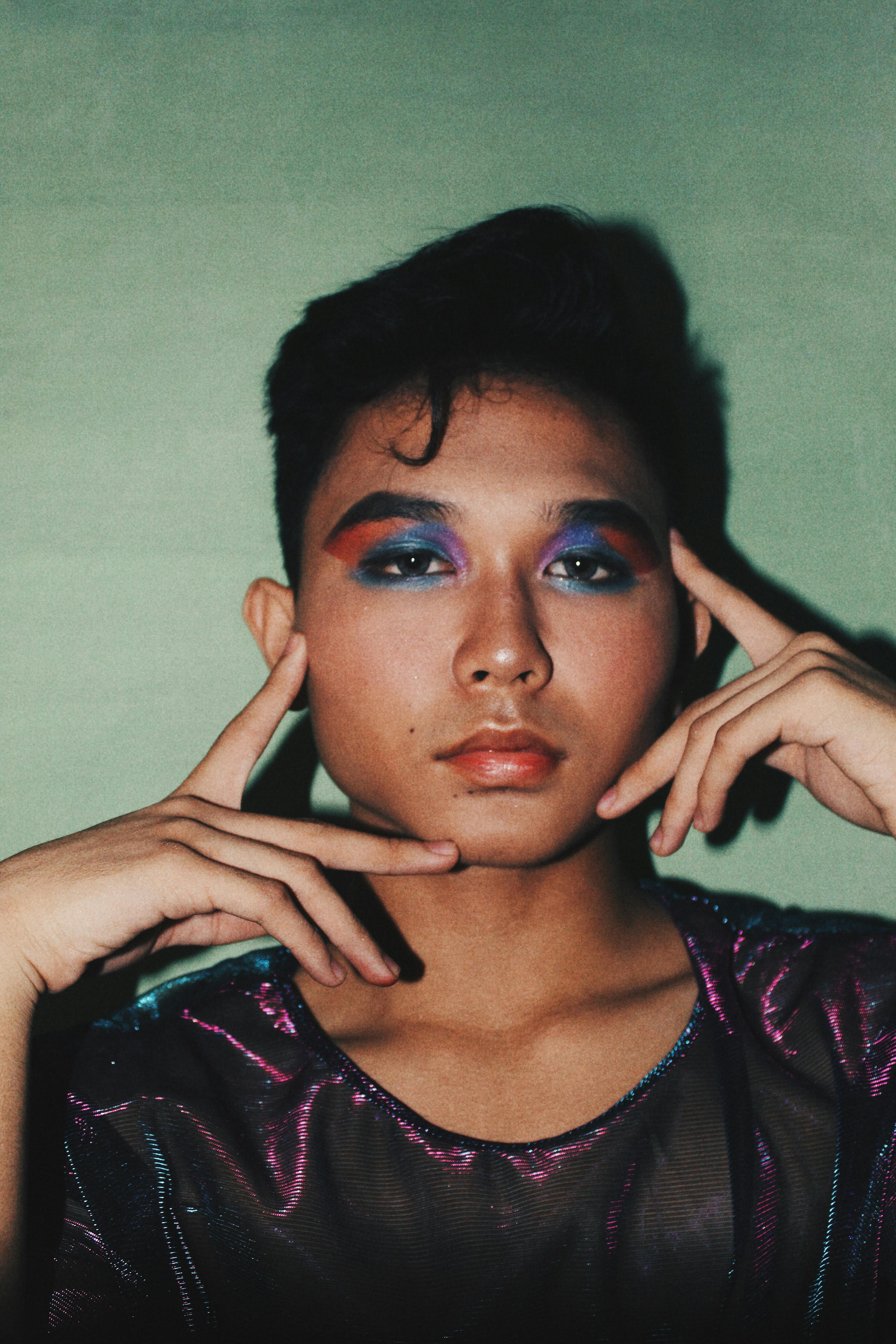Unveiling the Mystique of Androgynous Fashion
In an industry where trends are forever fleeting, androgynous fashion stands as an unwavering testament to the power of style transcending gender norms. It is a trend that has persistently caught our eye, not just for its avant-garde aesthetics, but for its profound social implications. This article will delve into the rich history and evolution of androgyny in fashion, its modern-day appeal, and its far-reaching influence on contemporary consumer behavior and shopping trends.

The Genesis of Androgyny in Fashion
Androgynous fashion traces its roots back to the 1920s, when women began to adopt more masculine attire as a symbol of liberation. It was the era of flapper dresses and bobbed hair, marking a significant departure from the restrictive corsets and floor-length gowns of the past. The trend was further propelled in the 1960s and 70s, with the emergence of unisex clothing and the glam rock movement. It was a time when boundaries were pushed, norms were challenged, and fashion became a powerful tool for social commentary.
The Modern Androgynous Aesthetic
Fast forward to today, and androgynous fashion has evolved into a dynamic, multifaceted trend. It amalgamates masculine and feminine elements, creating an aesthetic that is edgy, sophisticated, and strikingly unique. Oversized blazers, tailored trousers, chunky boots, and crisp button-downs are some of the staples in an androgynous wardrobe. These pieces are versatile, timeless, and serve as a refreshing departure from the hyper-feminine or hyper-masculine styles that dominate most fashion narratives.
The Influence and Appeal of Androgynous Fashion
Androgynous fashion has a profound influence on how consumers shop and perceive style. It encourages a more fluid, open-minded approach to shopping, where clothes are chosen based on personal preference rather than prescribed gender norms. This trend is particularly popular among millennials and Gen Z consumers, who value authenticity, individuality, and inclusivity.
Moreover, androgynous fashion is more than just a style statement. It’s a form of self-expression, a rebellion against societal norms, and a celebration of identity. It challenges the binary notion of gender, advocating for a more inclusive and accepting fashion landscape.
Styling Tips for Androgynous Fashion
- Mix and match: Combine masculine and feminine pieces for a balanced look. Pair a tailored blazer with a lacy top or a floral dress with combat boots.
- Play with proportions: Oversized, boxy silhouettes are a staple in androgynous fashion. Try pairing a loose, oversized shirt with slim-fit trousers.
- Accessorize smartly: Accessories can make or break your look. Opt for minimal, geometric pieces for a sleek, modern feel.
- Embrace neutrals: While color isn’t off-limits, androgynous fashion often leans towards a neutral palette. Blacks, whites, greys, and earth tones are your best bet.
- Focus on quality: Invest in well-made, durable pieces that will stand the test of time. Androgynous fashion is all about simplicity and sophistication, and quality is key.
In conclusion, androgynous fashion is more than just a trend—it’s a movement that challenges stereotypical gender norms and promotes inclusivity. Its appeal lies in its ability to fuse masculine and feminine elements into a style that is unique, empowering, and unrestricted by societal expectations. As we continue to push the boundaries of what is considered ‘normal’ in fashion, androgyny serves as a reminder that style is personal, fluid, and above all, a form of self-expression.




